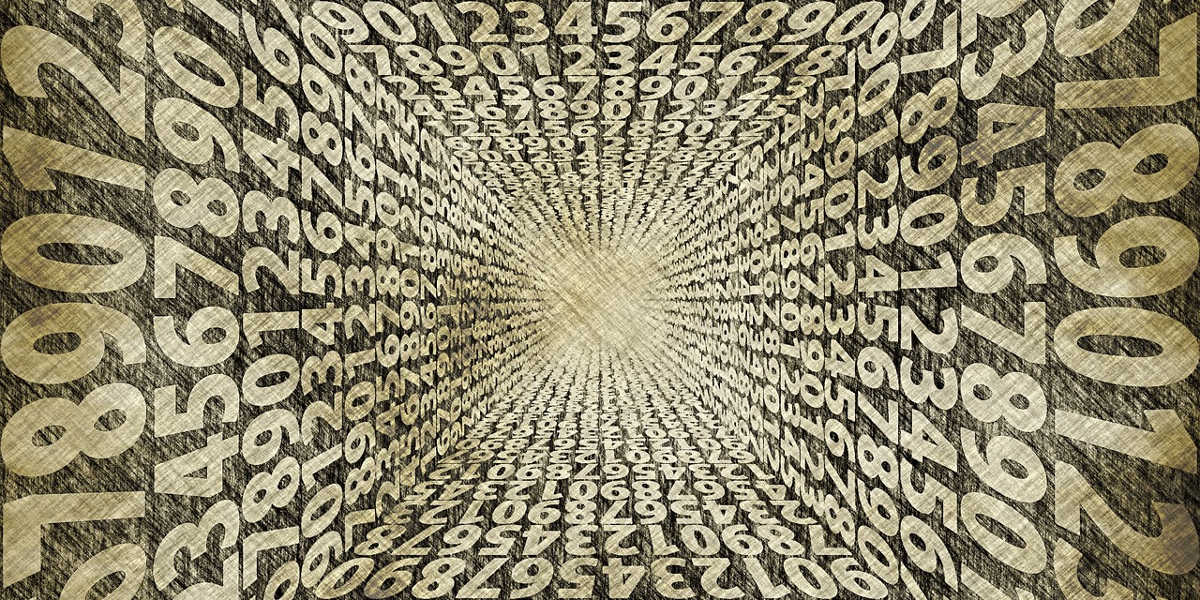
In 1995 psychologists Marisca Milikowski and Jan Elshout tested 597 undergraduates to see which of the numbers 1-100 they found easiest and hardest to remember. The students were given 90 seconds to memorize an array of numbers from this range; after an hour’s interval they were given another 90 seconds to recall the numbers they’d seen.
The most successfully recalled numbers were 8, 1, 100, 2, 17, 5, 9, 10, 99, and 11, and the least 82, 56, 61, 94, 85, 45, 83, 59, 41, and 79. The most memorable categories seem to be single-digit numbers; “teen” numbers (10-19); doubled numbers such as 22 and 44; and numbers that appear in multiplication tables, such as 49 and 36.
Interestingly, when the experimenters asked the subjects to rate numbers subjectively as “good” or “bad,” all the numbers judged good belonged to one of these privileged categories, and none of the bad numbers did.
(Marisca Milikowski and Jan J. Elshout, “What Makes a Number Easy to Remember?” British Journal of Psychology 86 [November 1995], 537-47.)
